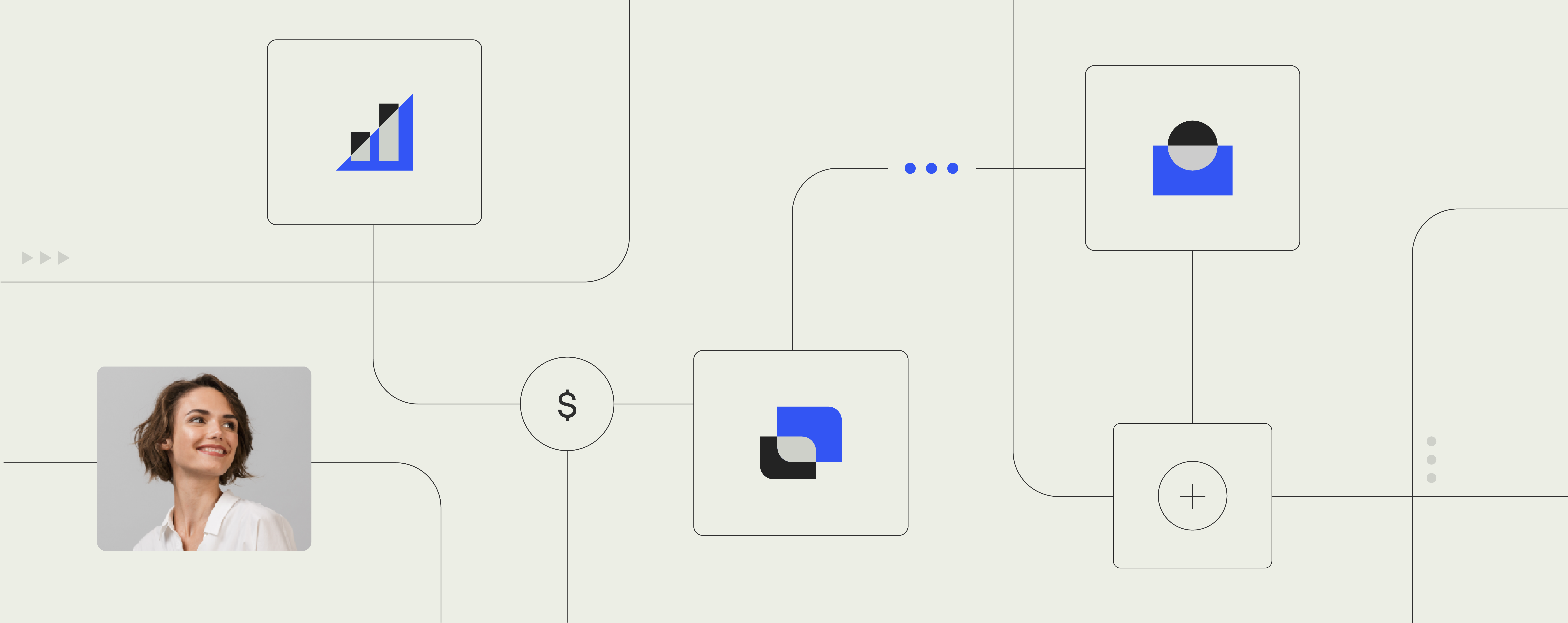Are you a digital have, or a digital have-more?

It’s clear that in a digitalized age, simply having digitized processes isn’t enough. Analogue workplaces have now become a thing of the past – only seen in TV and movies. So it would be hard to expect to stand out simply by automating your workflow in line with everybody else in your industry.
And the research backs that up: turns out, there’s a big difference between those companies who simply stick to the status quo, and those which leap ahead of the game by adopting the latest in cutting-edge technology and tools.
That’s according to research from McKinsey Global Institute, who analyzed the US economy to highlight a growing divide between the ‘digital haves and the digital have-mores.’
In the first study to measure the ongoing digitization of the US economy at sector level, McKinsey relied on its MGI Industry Digitization Index to paint a stark picture of the benefits of innovation, and the risks of falling behind:
“Just about every individual, company and sector of the economy now has access to digital technologies — there are hardly any “have-nots” anymore. But a widening gap exists between the “haves” and a group we call the “have-mores”: companies and sectors that are using their digital capabilities far more than the rest to innovate and transform how they operate.”
Simply put, the companies who are more digital, have more. The research found that the players with the most digital assets end up taking a bigger slice of the market pie and topping productivity ranks. Zooming out, the institute found that the most digitized sectors in US had a considerable lead over the rest of the US economy.
It’s not the first time McKinsey’s found the link between digital innovation and productivity. In 2015, researchers from McKinsey & Company surveyed 150 companies to measure their digital strategies. The results were striking: the digital frontrunners had about a ten percent lead on the rest of the companies.
So how do I become a digital have more?
Part of it is about mentality. Digital innovation is not just about creating solutions for individual consumers and employees – they’re for companies too. That means staying aware and informed of new developments, and researching what’s out there to see if it can tackle your specific business challenge.
More likely than not, there’s a solution: SaaS (software as a service) is an exploding category of productivity tools, and today there’s a tool designed for virtually every challenge. For example at Templafy, we took the headache out of the administrative side of rebranding by developing a solution for keeping internal content on-brand. The tool ensures every internal document accessed by users is compliant, alerting the user if an old document is somehow out of line. You can read more about it here, if you’re interested.
However as McKinsey points out, rolling out new digital solutions does go hand in hand with a strong foundation. It cautions companies against implementing digital initiatives with high expectations of productivity growth without first ensuring there’s a strong support structure to see them through:
“In our experience, without the right roadmap and the management mindset needed to follow it, there’s a real danger of traveling in the wrong direction, traveling too slowly in the right one, or not moving forward at all.”
It turns out, not only did these leading companies harness new technologies, they did so in line with smart strategy, a strong adaptive culture and team structures which support rolling them out.
But don’t be disheartened if you’re not a young firm or digital native – these kinds of pro-innovation cultures can be fostered. As Harvard Business Review points out, “some long-established companies including GE and Nike have successfully revamped their operations and strategies to become digital leaders.”
It seems anyone who can push the boundaries of technology and harness the latest digital capabilities, statistically speaking, ends up miles ahead.


